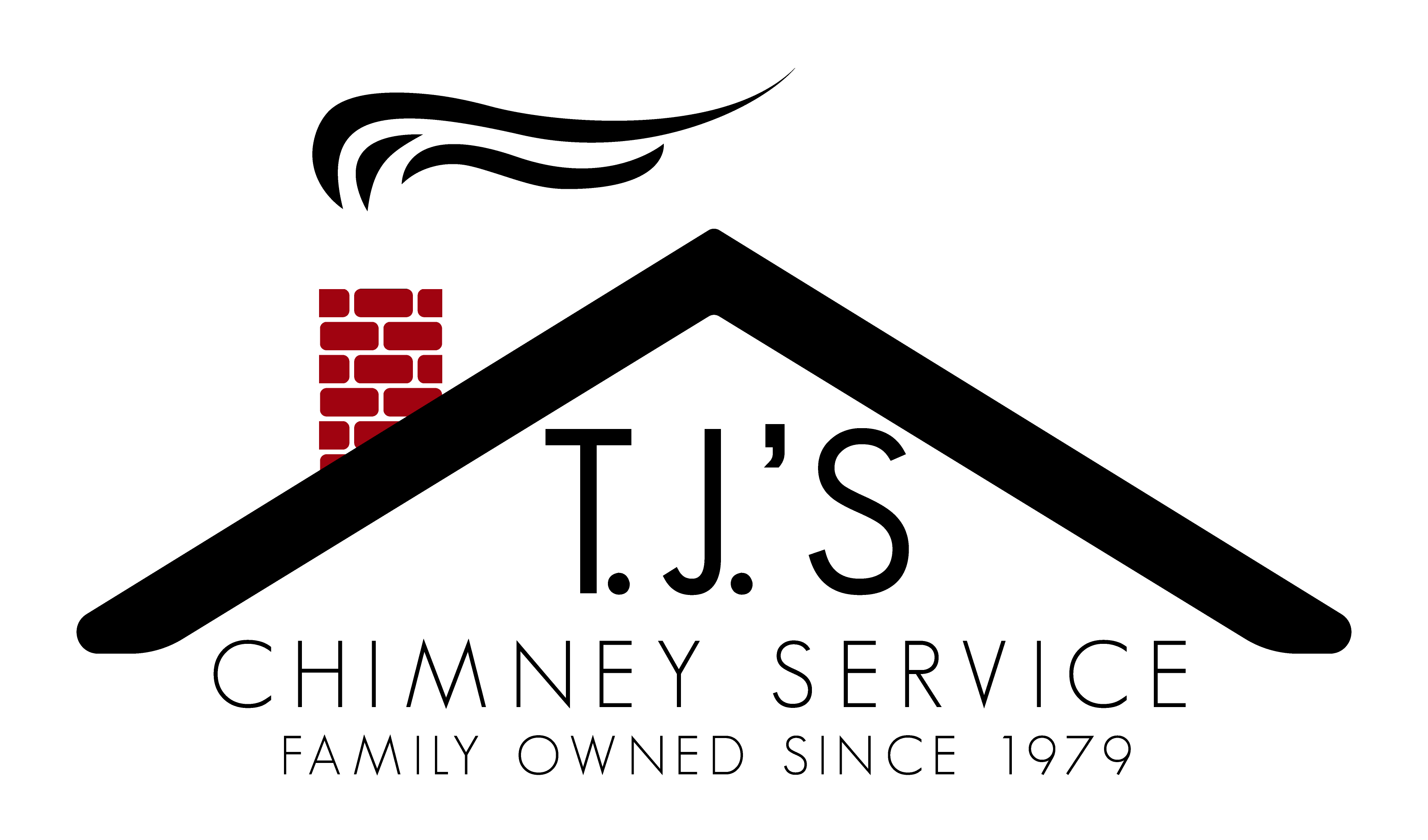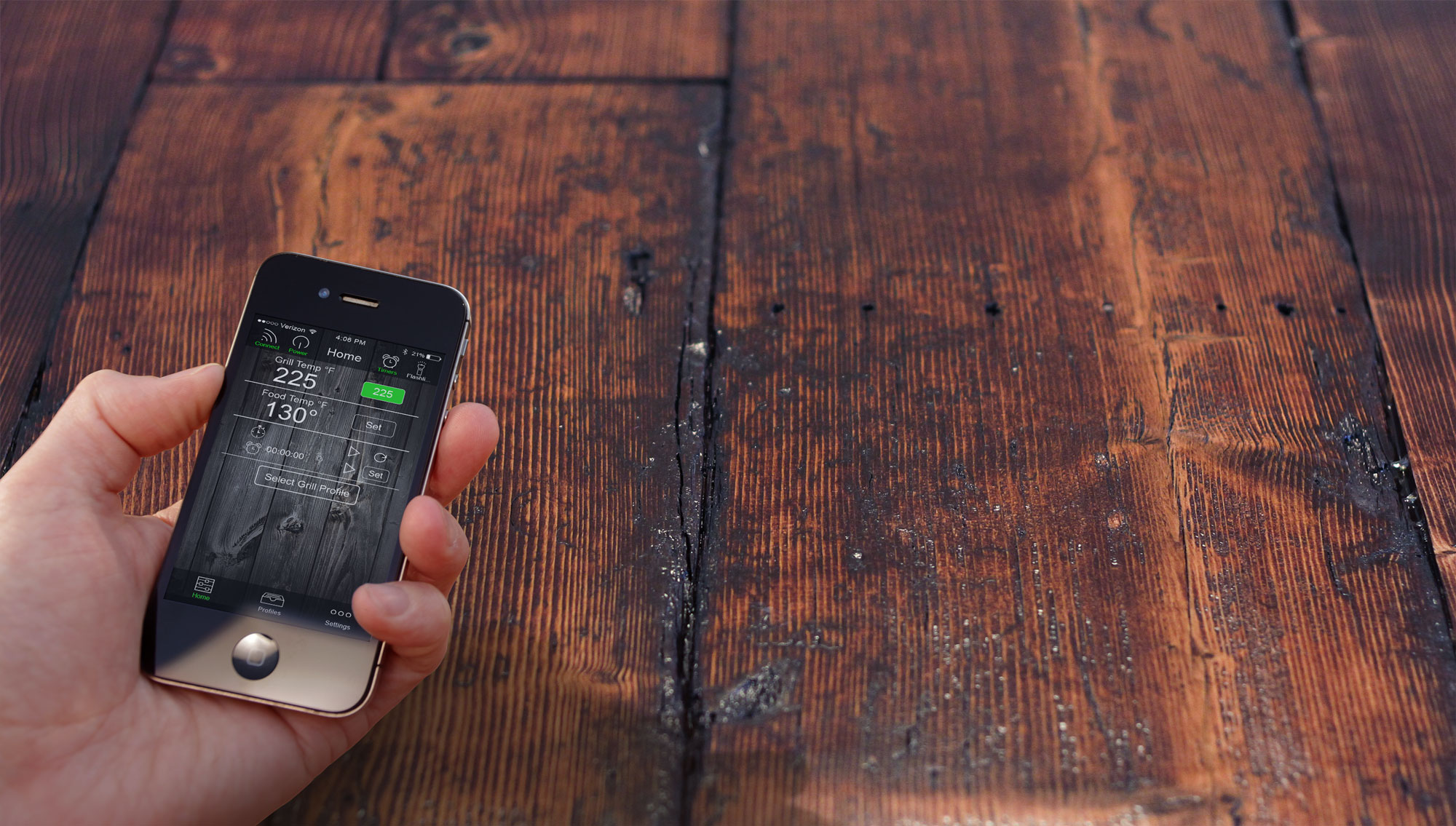Dryer Vent
Clothes Dryer Exhaust Safety – 6 Requirements You May Not Know
Did you know that lint and debris can build up in your clothes dryer duct? When lint buildup occurs, it can create potentially hazardous conditions, like dryer fires that can turn into devastating house fires, and carbon monoxide buildup that can poison people and pets – and even result in death. Therefore, it’s important that…
Read More4 Misconceptions Associated with Dryer Vent Cleaning
Do you know where your dryer vent is located? If we took a poll, a lot of people would probably say it’s the lint trap that they clean out after every load of laundry. Others might say it’s the hose that connects the dryer to wall. In actuality, your dryer vent system includes the hose…
Read More5 Benefits of Cleaning Your Dryer Vent
How many loads of laundry do you do each week? According to Proctor & Gamble Co., the average U.S. household does 600 loads of laundry each year. And a 2007 survey of 2,500 Whirlpool customers found that 78% of those surveyed do about nine loads of laundry a week. That’s a lot of dirty clothes…
Read MoreProblems Caused by Frozen Dryer Vents
How often do you check your outside dryer vent during the winter? If you’re like most people, you probably said, “Never.” However, during the winter, your dryer vent flapper can freeze shut due to rain and falling temperatures. Or, snow can pile up around your outside dryer vent. When you run your dryer, the snow…
Read More5 Warning Signs Your Dryer Vent Needs Cleaning
Imagine you go into your laundry room to check on the clothes in the dryer and you find that the room is on fire. From 2009 to 2011, on average, 6,000 residential fires were caused by clothes dryers, resulting in $75.3 million of damage, according to the U.S. Consumer Product Safety Commission. When lint and…
Read MoreDuct Cleaning Saves Money and Energy
Have you noticed that your utility bills have gone up in recent months? Are your utility bills higher than those of your neighbors? Do you have rooms in your home that are hard to keep a comfortable temperature, for example, cool in the summer or warm in the winter? Have you noticed that dust quickly…
Read MoreDryer Lint Increases Fire Risk
At least once a week – maybe more – you likely do laundry. After you wash your clothes, you throw them into the dryer – probably without too much thought about it. But did you know clothes dryers cause about 2,900 fires each year in residential buildings? According to the National Fire Incident Reporting System (NFIRS),…
Read MoreReduce Your Allergy Symptoms with Air Duct Cleaning
Are you sneezing? Do you have a runny nose and/or watery eyes? You’re probably suffering from allergies. You could stay inside your home all day to reduce your exposure to pollens, but who wants to do that all summer? And, if you’re allergic to dust, molds or pet dander, staying inside won’t limit your exposure…
Read MoreWhich Is Better….Professional Service or DIY?
Now is the time when many homeowners are thinking about making home improvements. Money may also be a factor when deciding to make an improvement or not. Many may take the stance of tackling the project themselves in order to save some funds and prevent their savings from being depleted. There are many things to…
Read MoreDryer Vent Cleaning
If you have had your dryer for a number of years it is probably time that you have the dryer vent and dryer catcher cleaned by a professional. There are many steps that go into cleaning the dryer properly. We highly recommend having a professional, like TJ’s Chimney Service, to come out and clean and…
Read More

